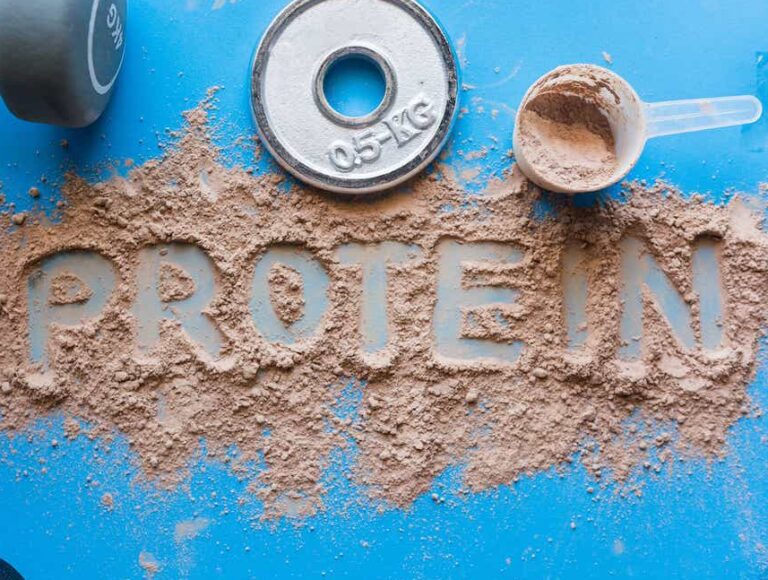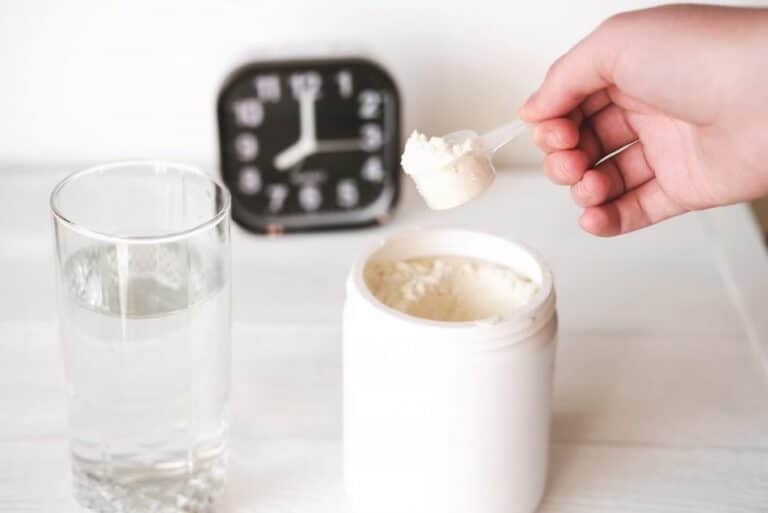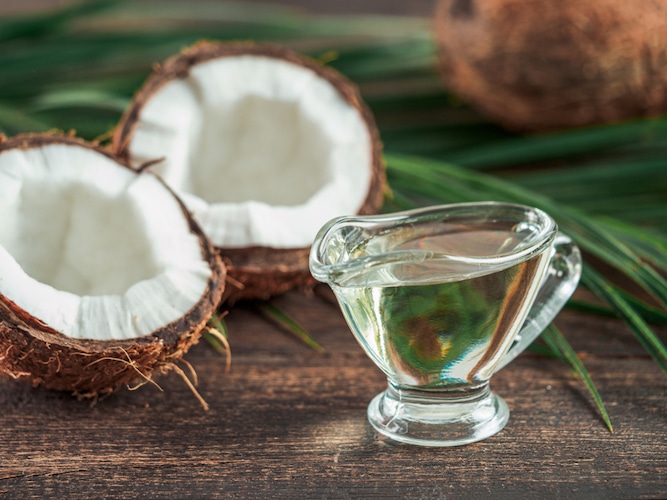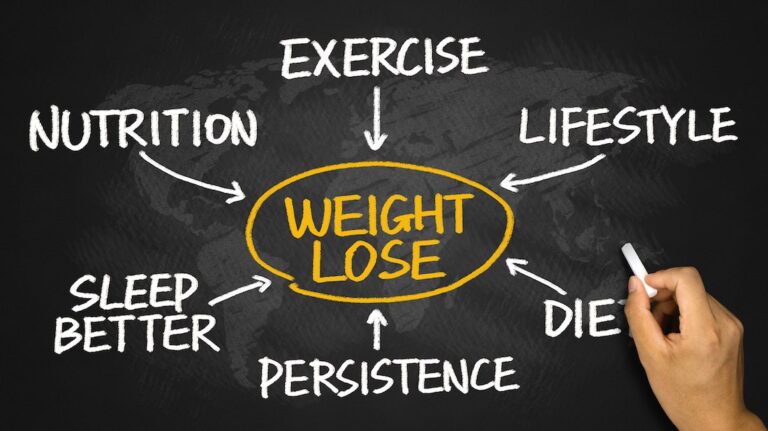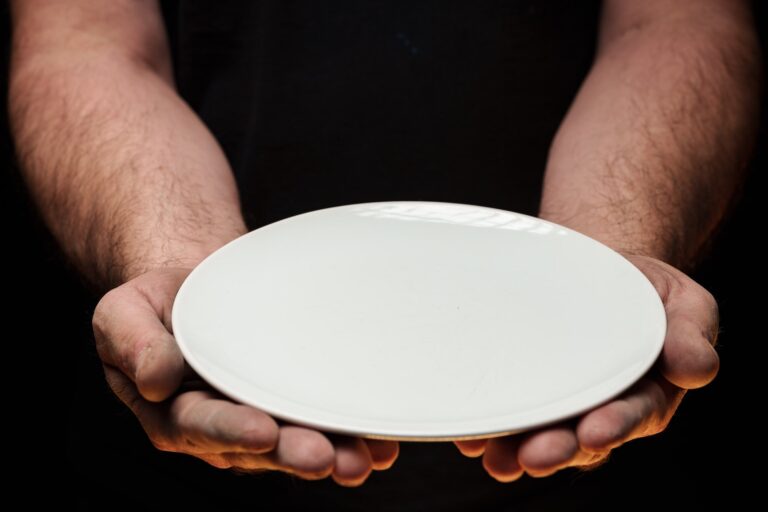A low-carb diet is a diet that restricts carbohydrates, primarily found in foods with sugar, pasta and bread. Instead of eating carbohydrates, focus on foods high in protein, healthy fats and vegetables.
Studies show that a low-carbohydrate or so-called ketogenic diet can result in weight loss and better health markers. Detailed long-term calorie counting is not required. All you need to do is cut out foods high in carbohydrates and refined products
Cutting out carbohydrates was and is absolutely crucial for me to get stable blood sugar that allows me to have consistent energy throughout the day. At the same time, I lost 25 kilos without counting calories.
Ronny Bruknapp – General Manager New Baseline
1. What is low carb?
A low-carb diet means that you eat less carbohydrates and more of the food you eat is protein and fat. It’s also called a ketogenic diet if the focus is on producing ketones.
For decades, we’ve been told that fat is detrimental to our health. At the same time, “healthy” low-fat products, often full of sugar, have filled up store shelves. That development occurred at the same time as the epidemic of obesity starts and in all likelihood appears to be a big mistake.
While it is not entirely clear what has caused the wave of obesity in the Western world, it is clear that dietary advice has not prevented it.
Studies show and now that there is no need to fear natural fat. Instead, on such a diet you don’t need to be afraid of fat. The important thing is to limit the amount of sugar and starch. Make sure you get enough protein and eat enough natural fat so you can enjoy your meal.
Blood sugar stabilizes
When you avoid sugar and starches, blood sugar tends to stabilize and insulin levels drop. They can make it easier to use fat stores as energy. In addition, higher protein intake and any ketones will make you feel fuller.
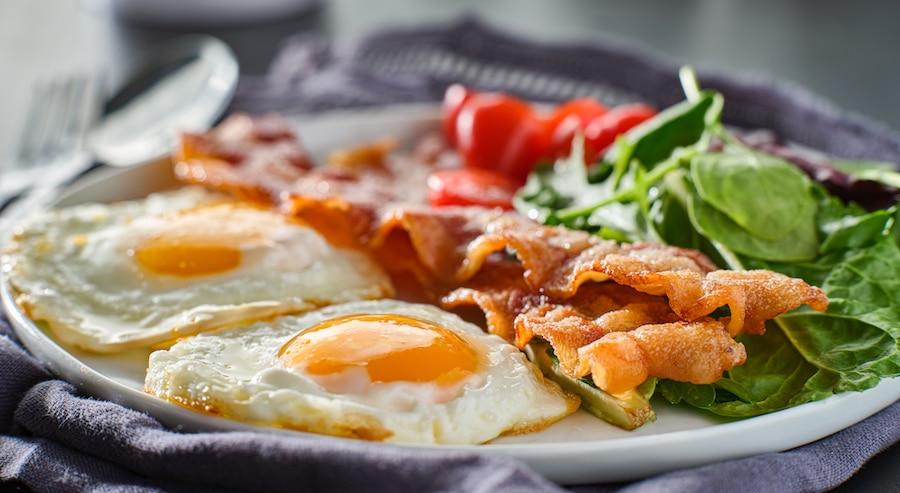
The basics
Eat when you’re hungry and stop when you’re satisfied. It can be so easy, and you don’t need to count calories to get results. For faster results, see our articles on five fasting tips and the complete guide to intermittent fasting.
2. What are you going to eat?
As a general rule, you should stay below 50 carbohydrates each day and eat low-carb foods that have less than 5% carbohydrate content. Fiber doesn’t count, you can eat as much fiber as you want. Unless you are looking for an even more disgusting diet in the form of a diet with only meat products without fiber.
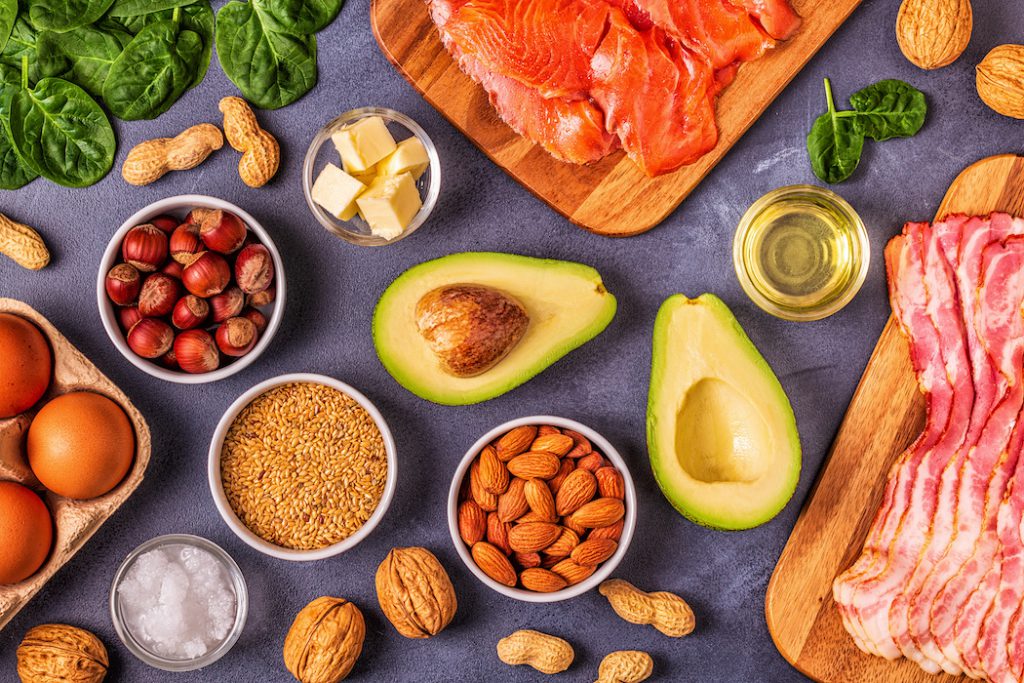
Food you can eat
Drinking
Typical traps you can fall into
Remember to limit milk and cream as they contain milk sugar. An occasional glass of wine is also okay.

Food you shouldn’t eat
The benefits of eating more meat, fish and healthy fats in a low-carb diet
As you embark on a low-carb journey, you’ll discover the importance of including quality foods like meat and fish in your diet. These foods, among others, are low in carbohydrates but rich in essential nutrients and proteins.
By eating more of these foods, you are enriching your body with necessary fuel that supports metabolic health.
In addition, it’s worth noting that while many traditional diets recommend low fat, a low-carb diet emphasizes the consumption of healthy fats. These fats, which are abundant in fish and meat, not only help the body feel full, but also support optimal brain function and energy production.
How to reduce carbohydrate intake for effective weight loss
Losing weight is an ambition for many, and a key strategy is to reduce carbohydrate intake. But how do you do this effectively?
Firstly, consider the amount of carbohydrates you are currently consuming. Look at common foods and drinks in your diet that are high in carbohydrates and consider replacing them with low or no carbohydrate alternatives.
Less “CRAVING”
At the same time, eat more protein-rich and high-fat foods, such as meat and fish, which provide long-lasting satiety without the high carbohydrates. When you reduce your carbohydrate intake, you are likely to experience a reduction in hunger and cravings, leading you to naturally eat less and, as a result, lose weight.
Also remember the importance of including healthy fats in your diet, which can contribute to satiety and provide the body with an alternative source of energy in the absence of large amounts of carbohydrates.
Eat natural
If you stick to high-quality, unprocessed raw materials, you’ll get fast results. If there is no table of contents, that’s fine. This means that the food is natural without additives. If the list of contents is long, do not eat the food.
Important! Don’t be afraid of fat and salt
As you’re probably used to hearing that fat is bad for you and that you should eat a maximum of two eggs a day, there are many indications that this is wrong. It’s important to eat enough fat to get enough nutrition when dieting. Especially in the beginning.
Feel free to use coconut oil, dairy butter, cheese, olive oil, avocado oil. Just don’t use too much fat either as it can be too calorie heavy if weight loss is the goal.
When your body is fat adapted (metabolically flexible) you can start cutting down on fat little by little so that your body can use the fat you have stored in your body as energy if your goal is to lose weight. If you feel underfed, sluggish or otherwise, try increasing your fat intake.
In summary, don’t be afraid of fat. If you feel lethargic or have abnormally high cravings, your body may be lacking electrolytes. Don’t be afraid of salt. Use unprocessed salt such as sea salt or Himalayan salt. Don’t count calories. Eat when you’re hungry and get to know when you’re full.

